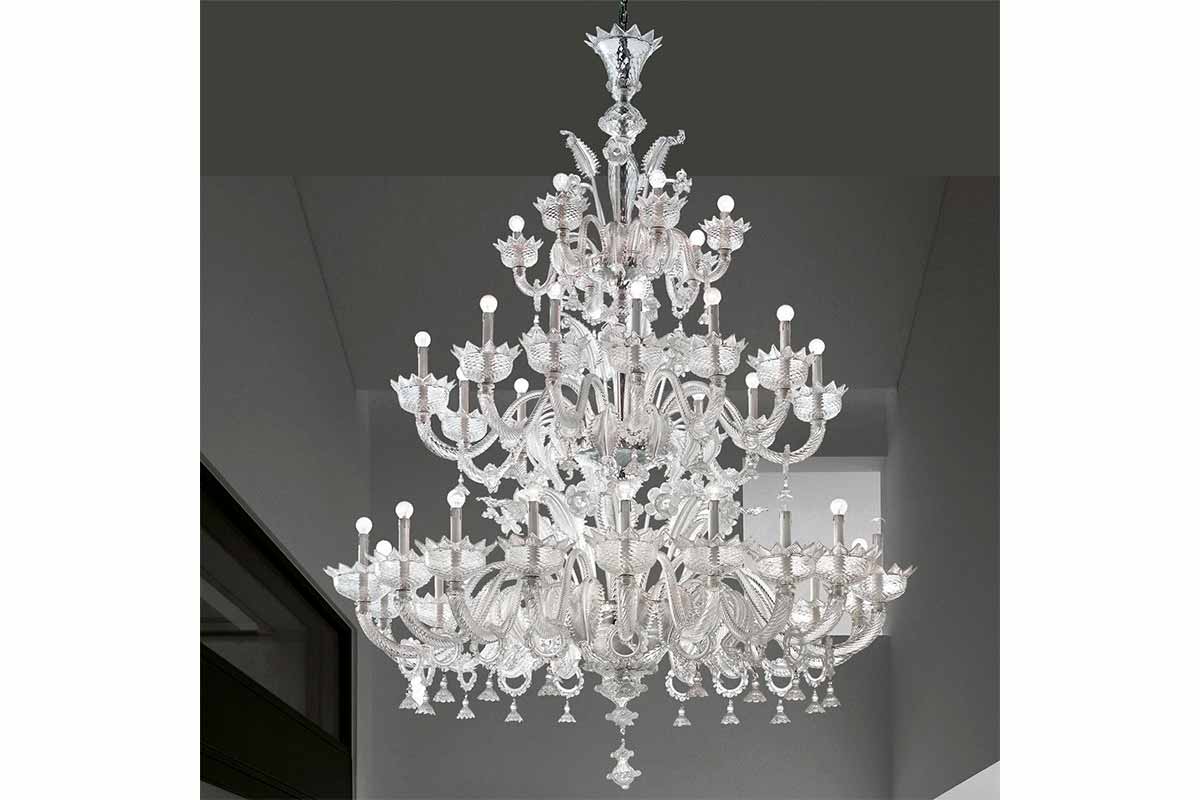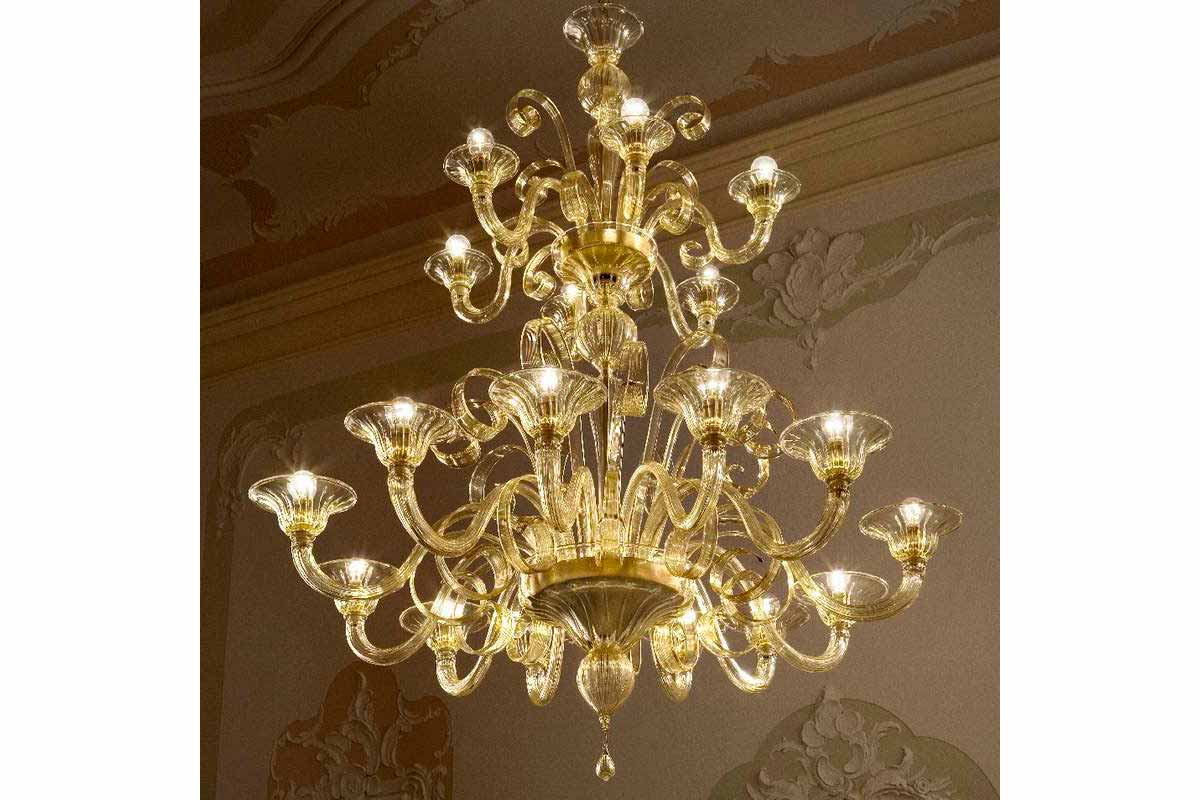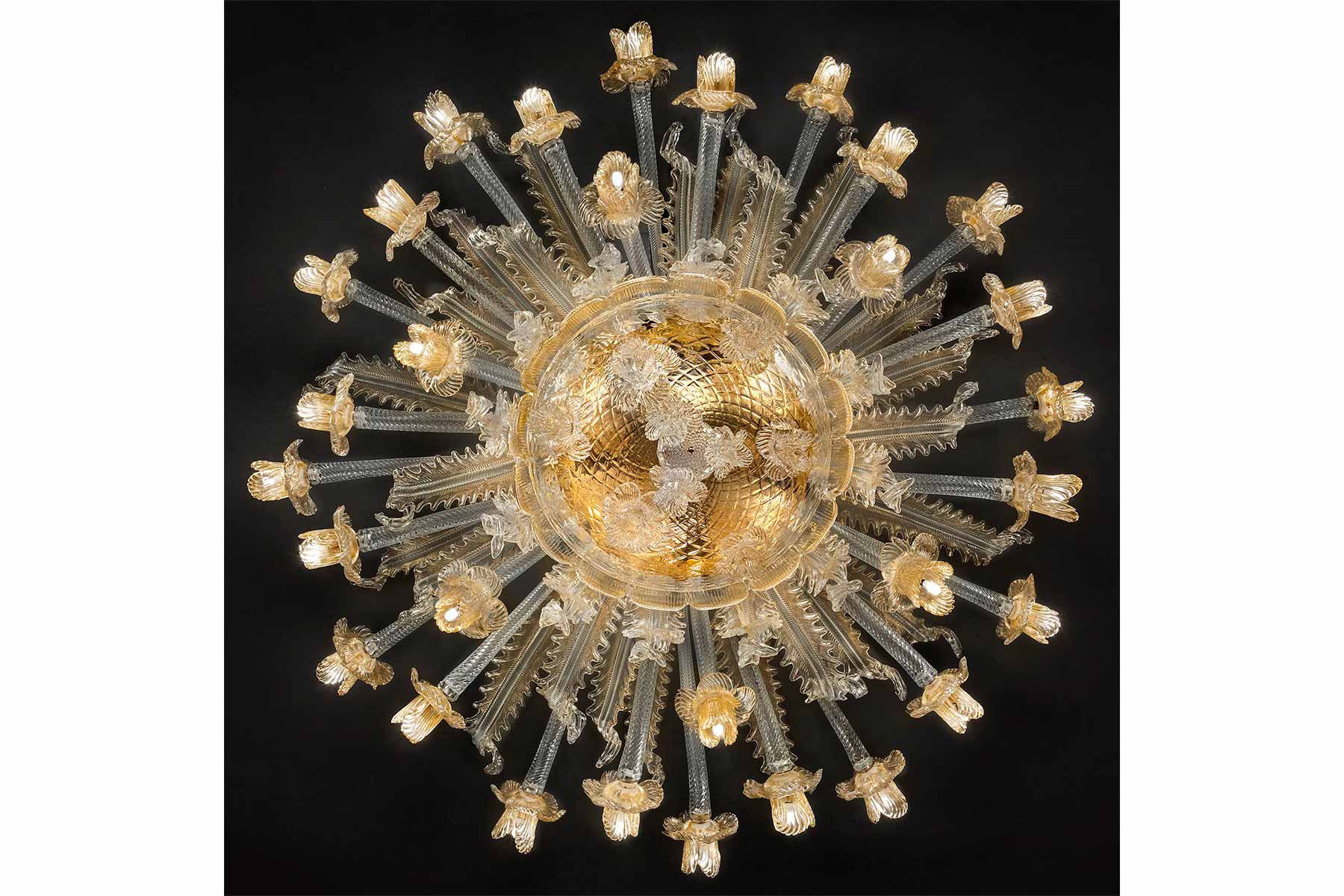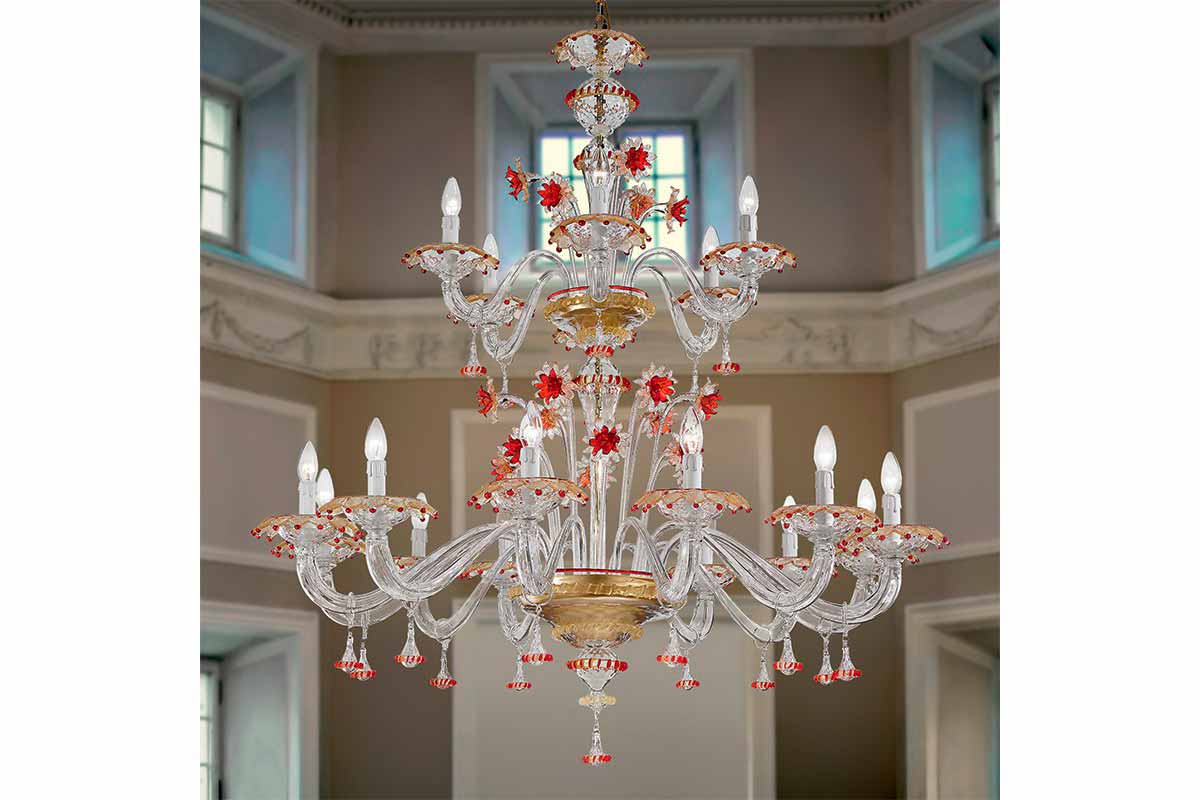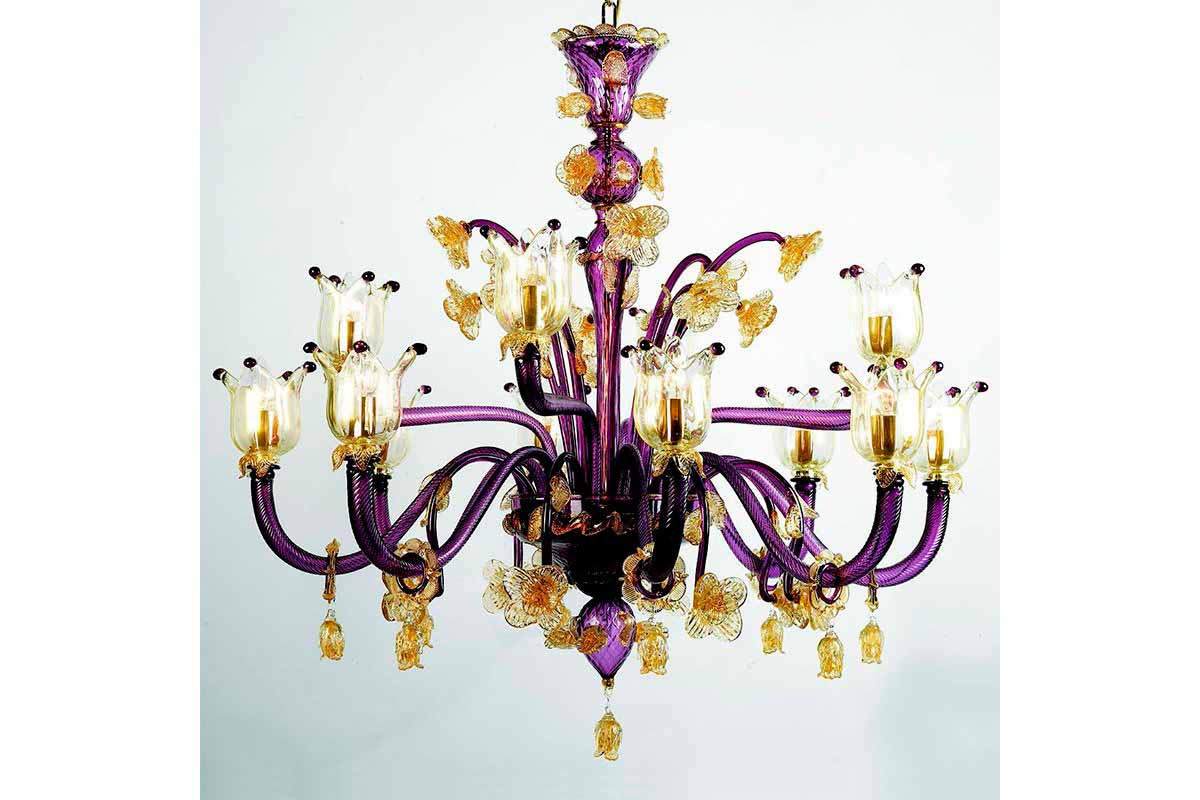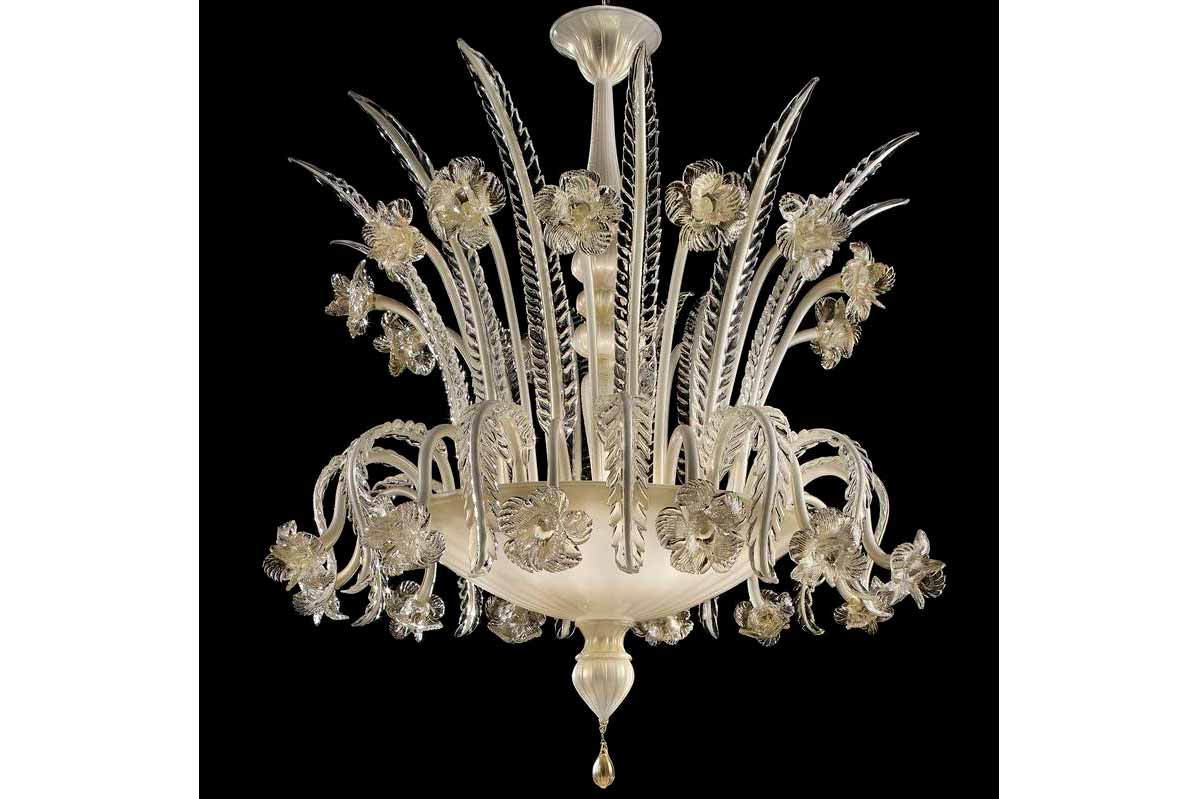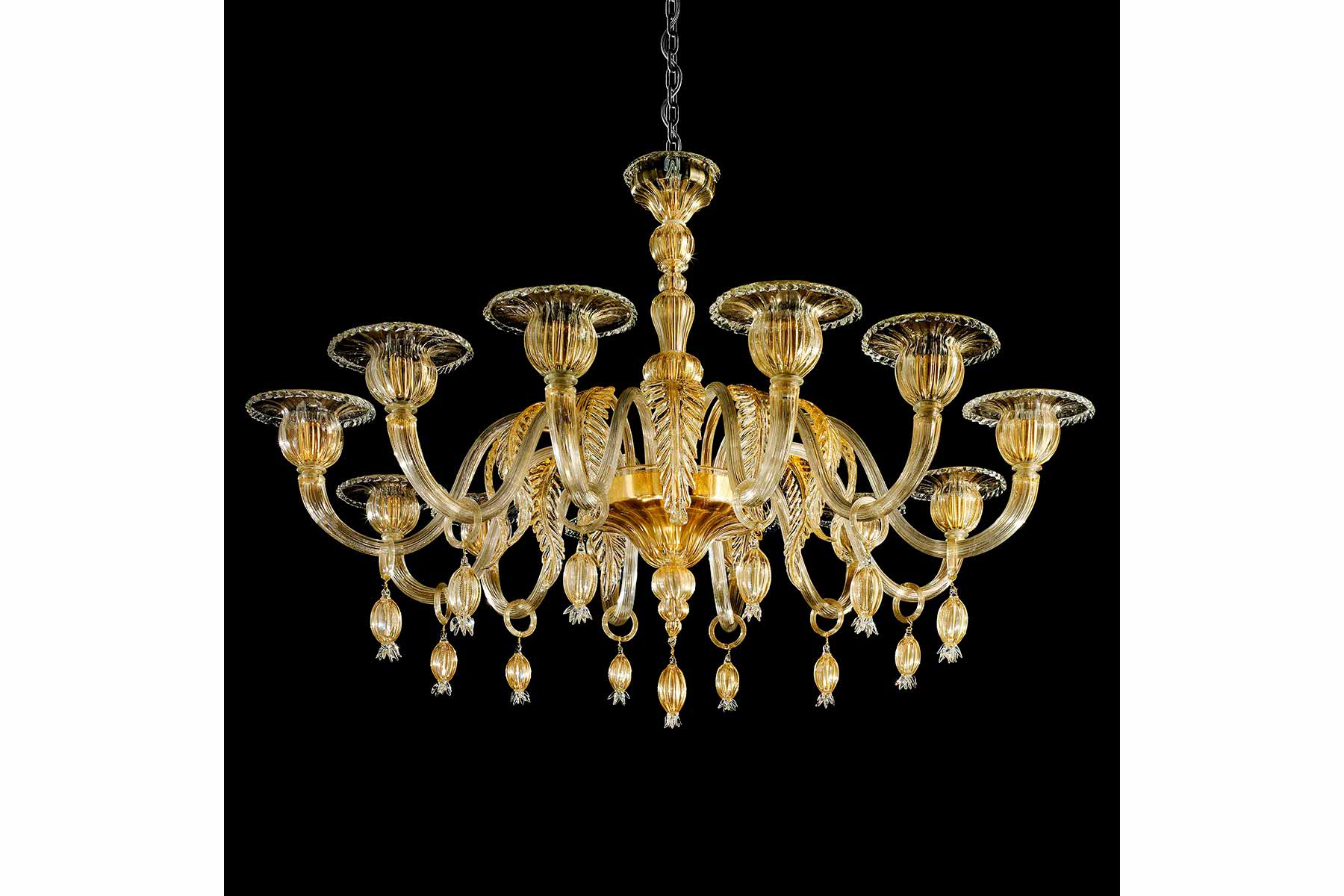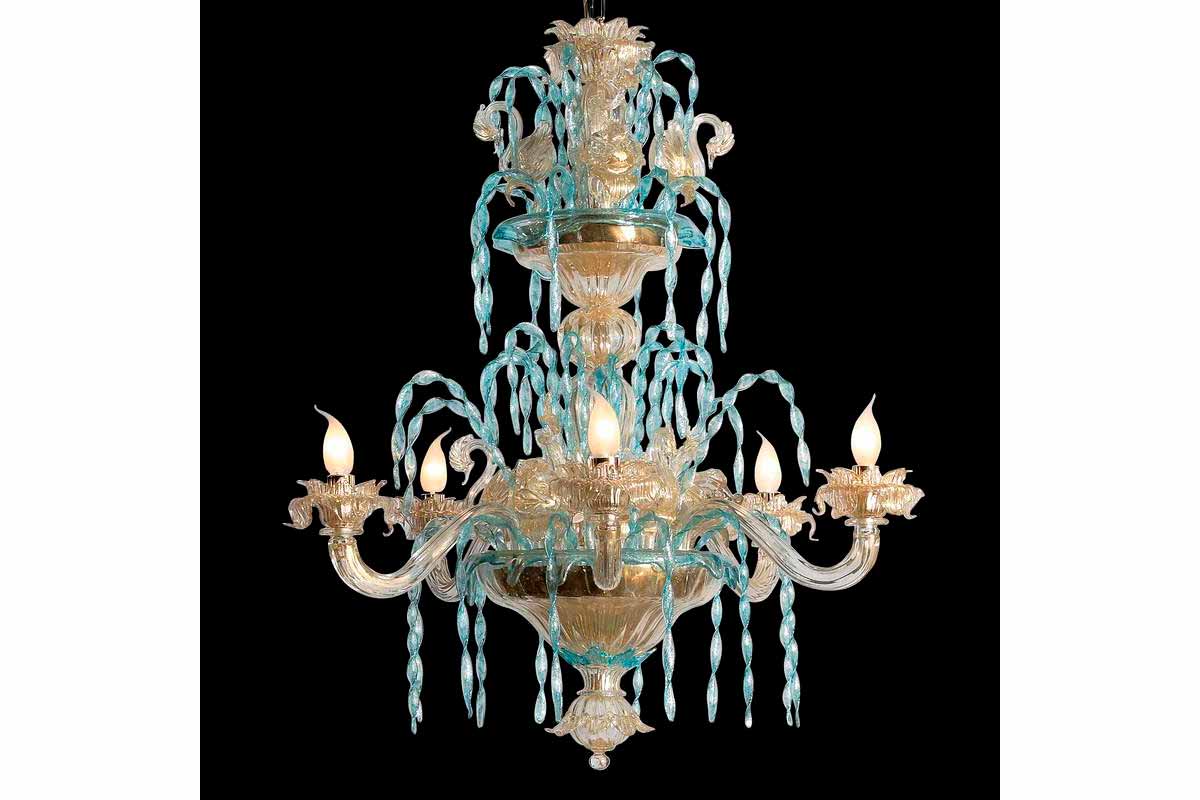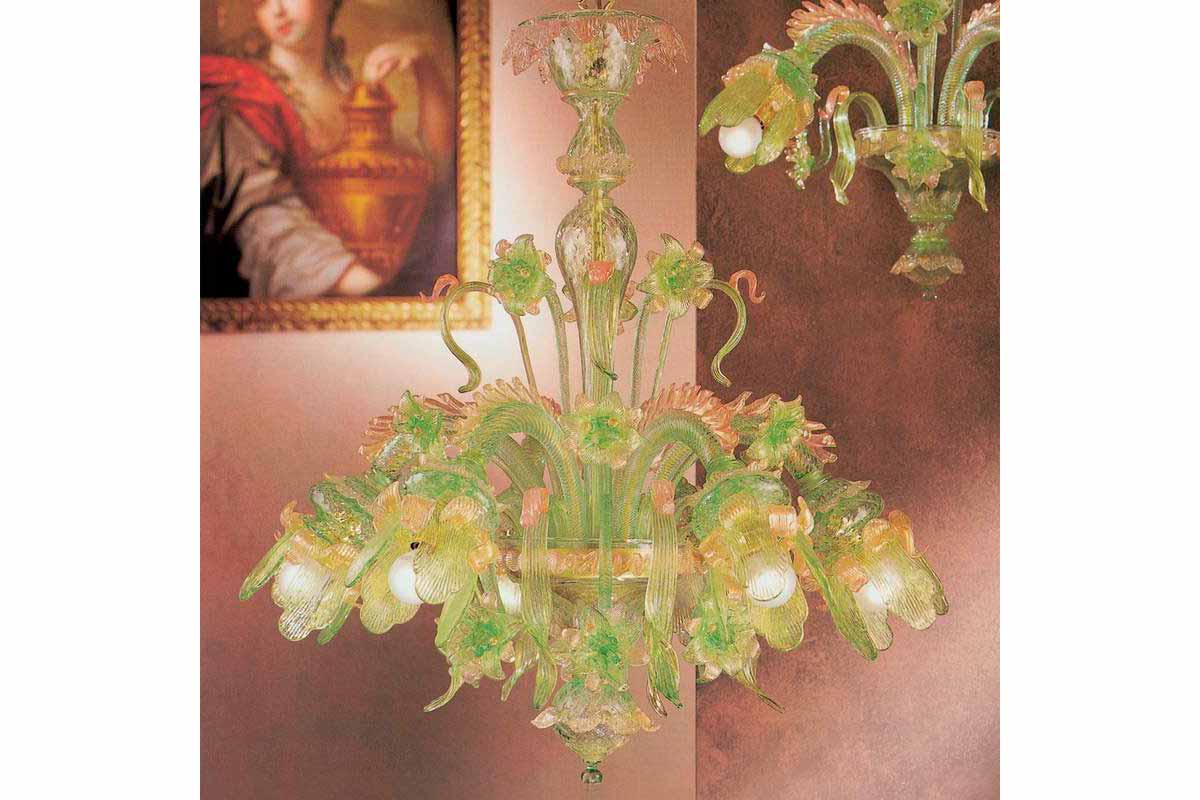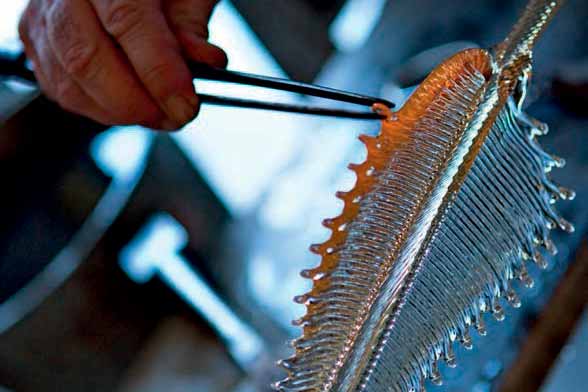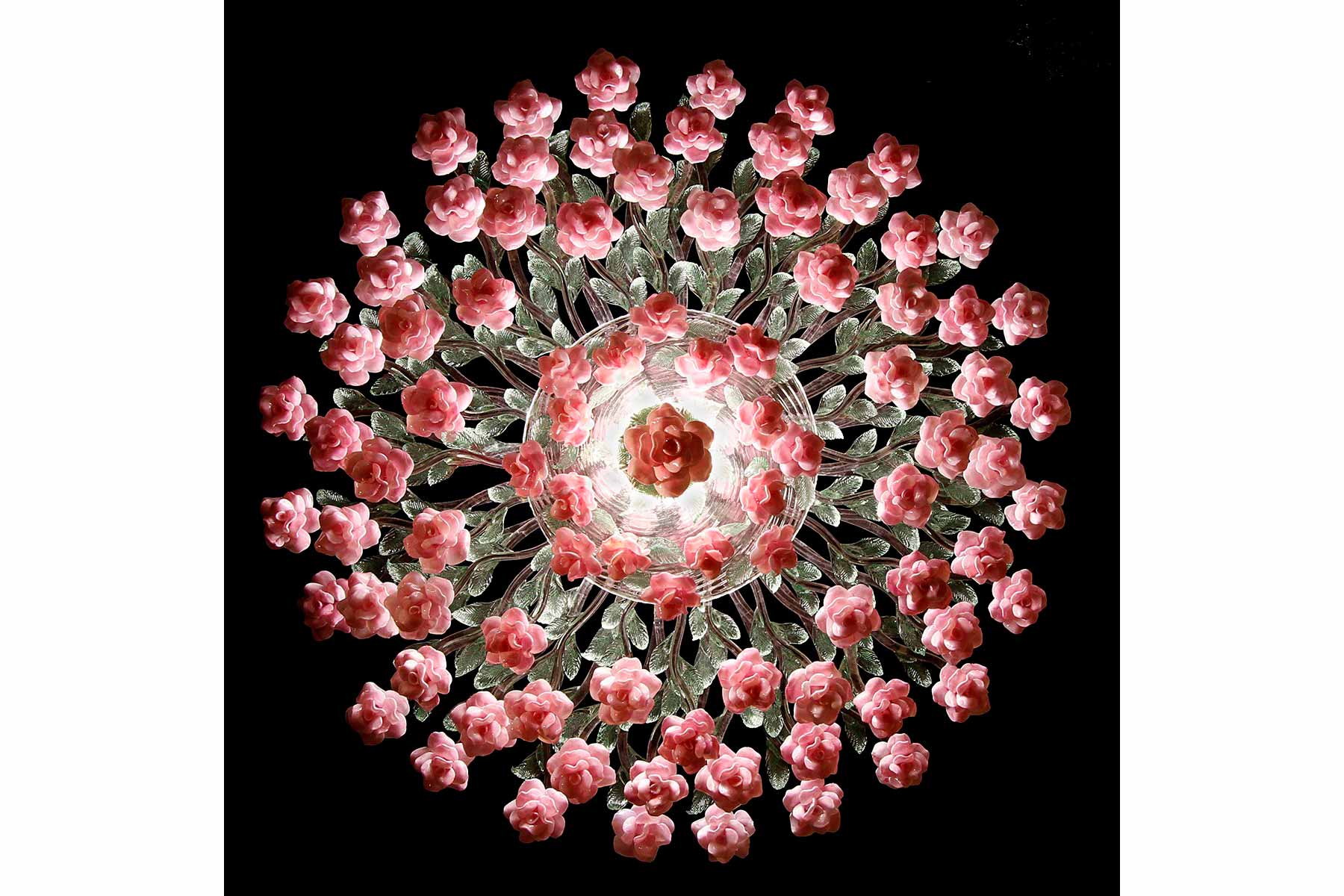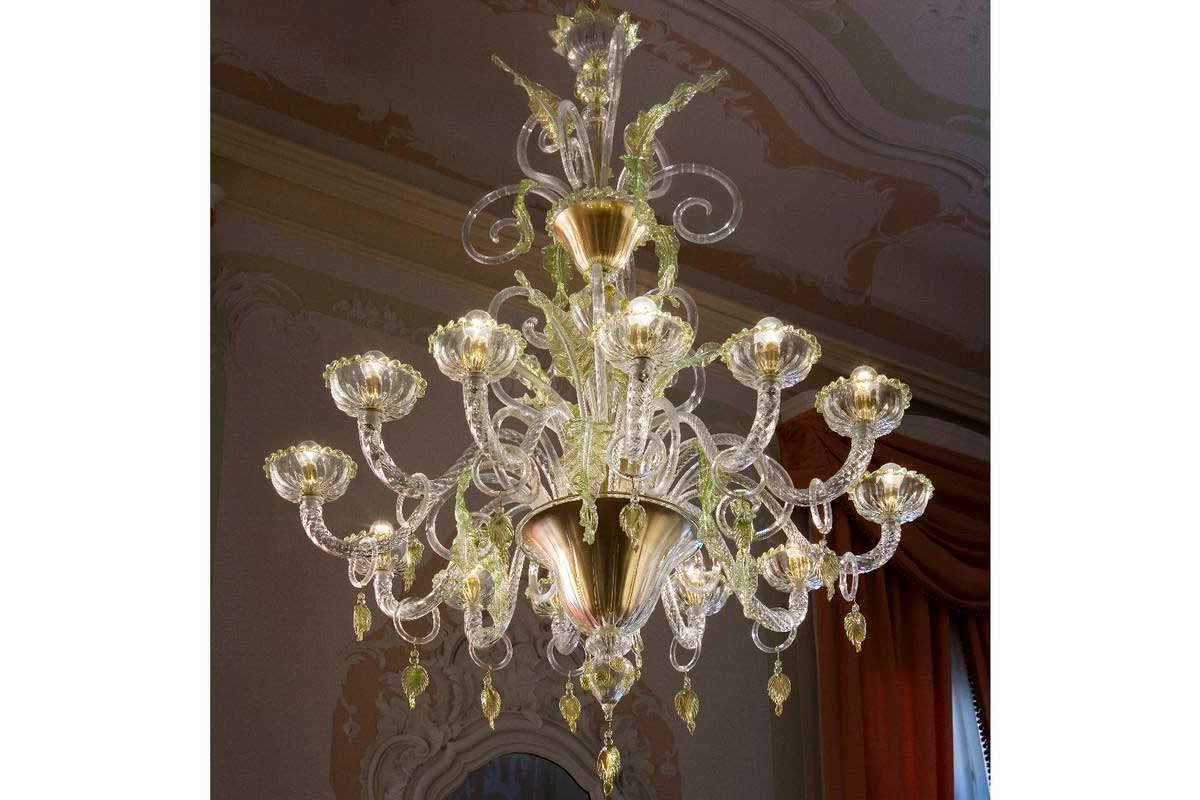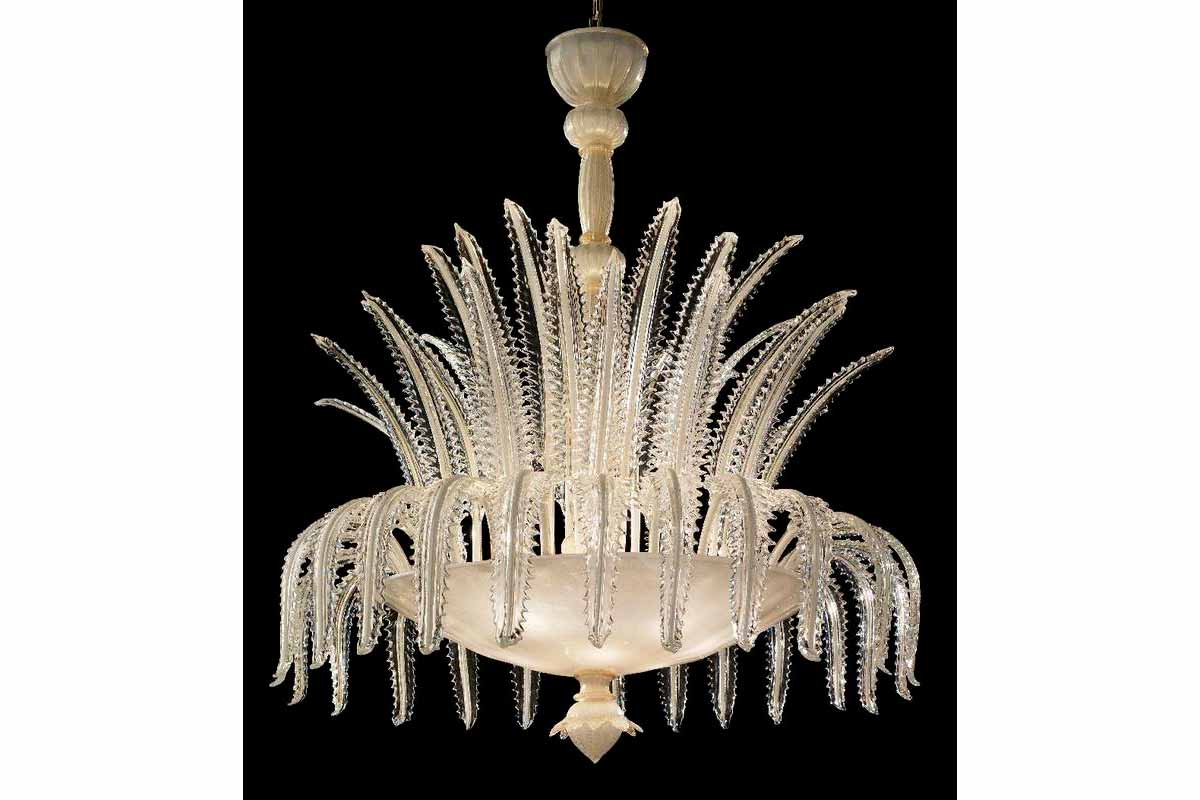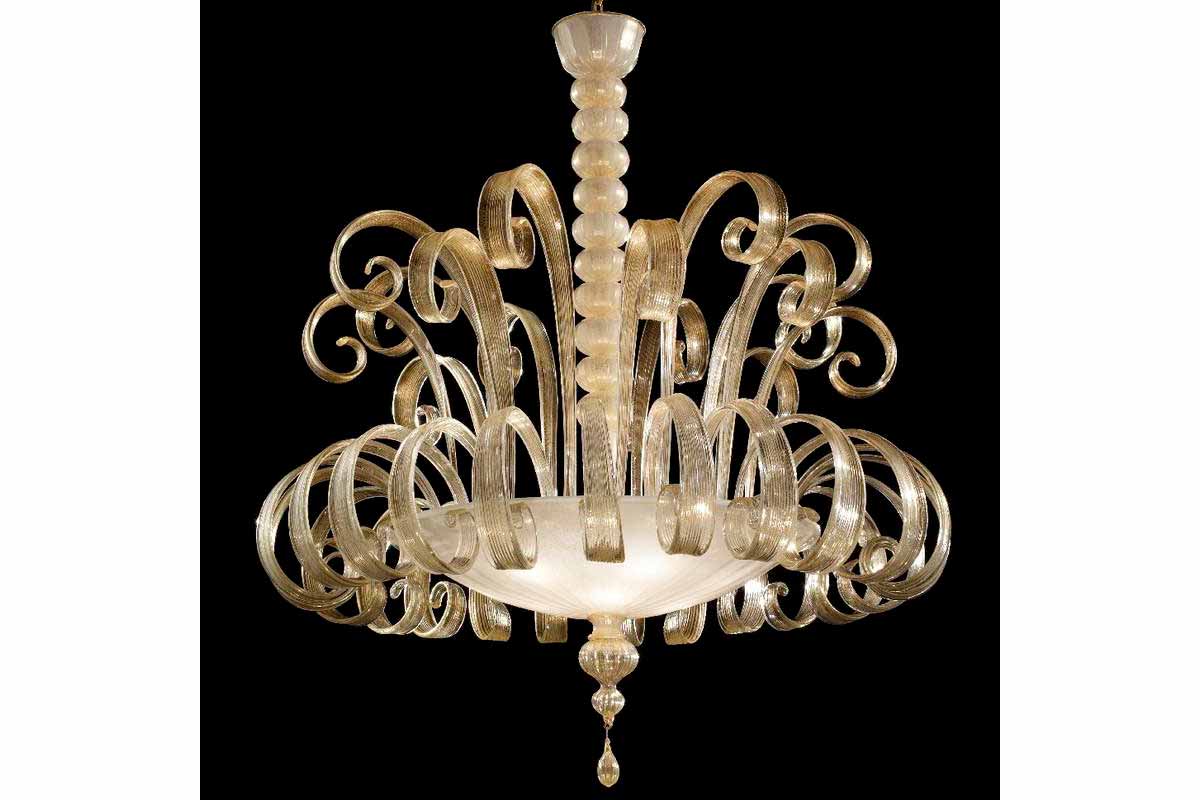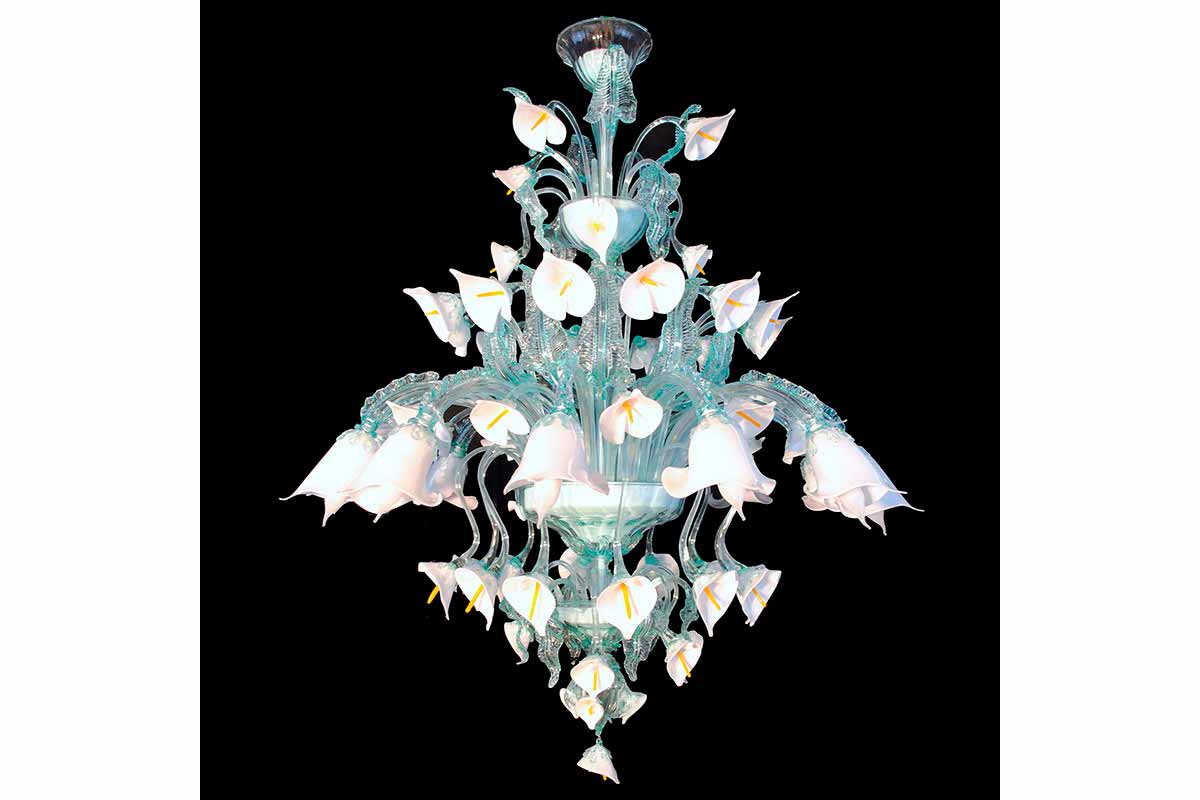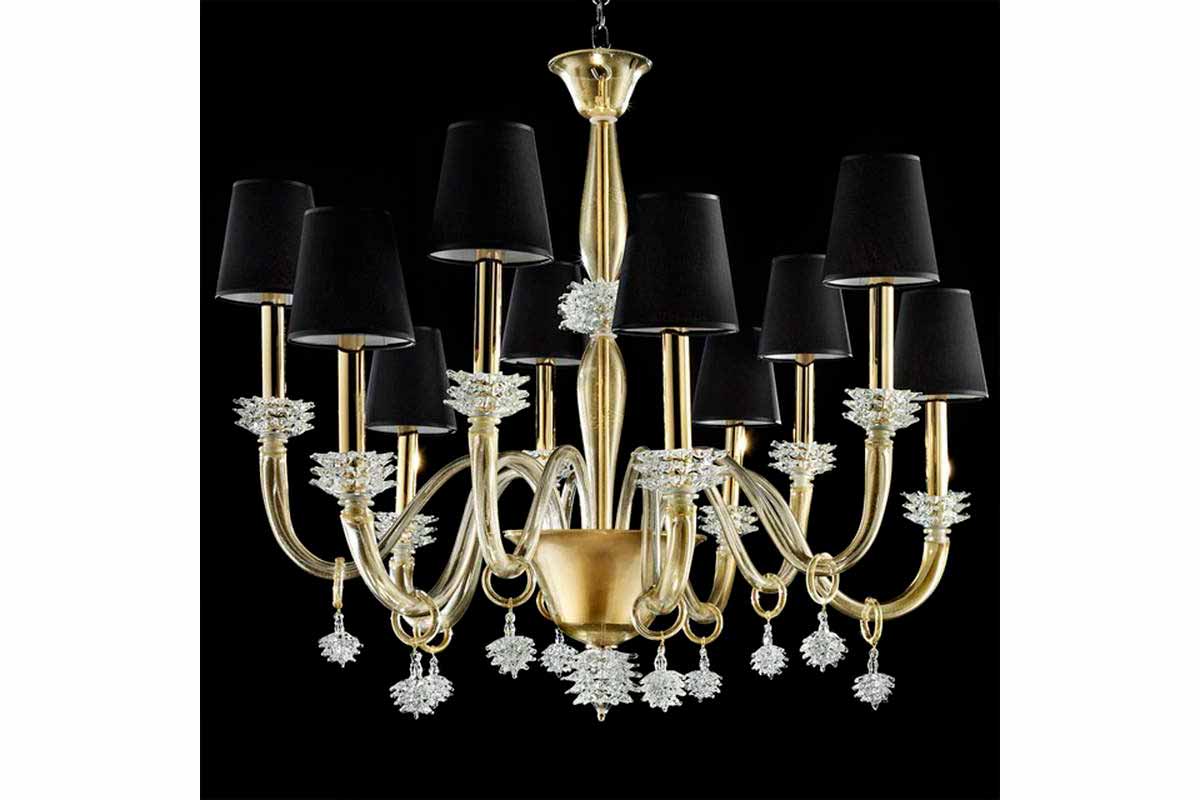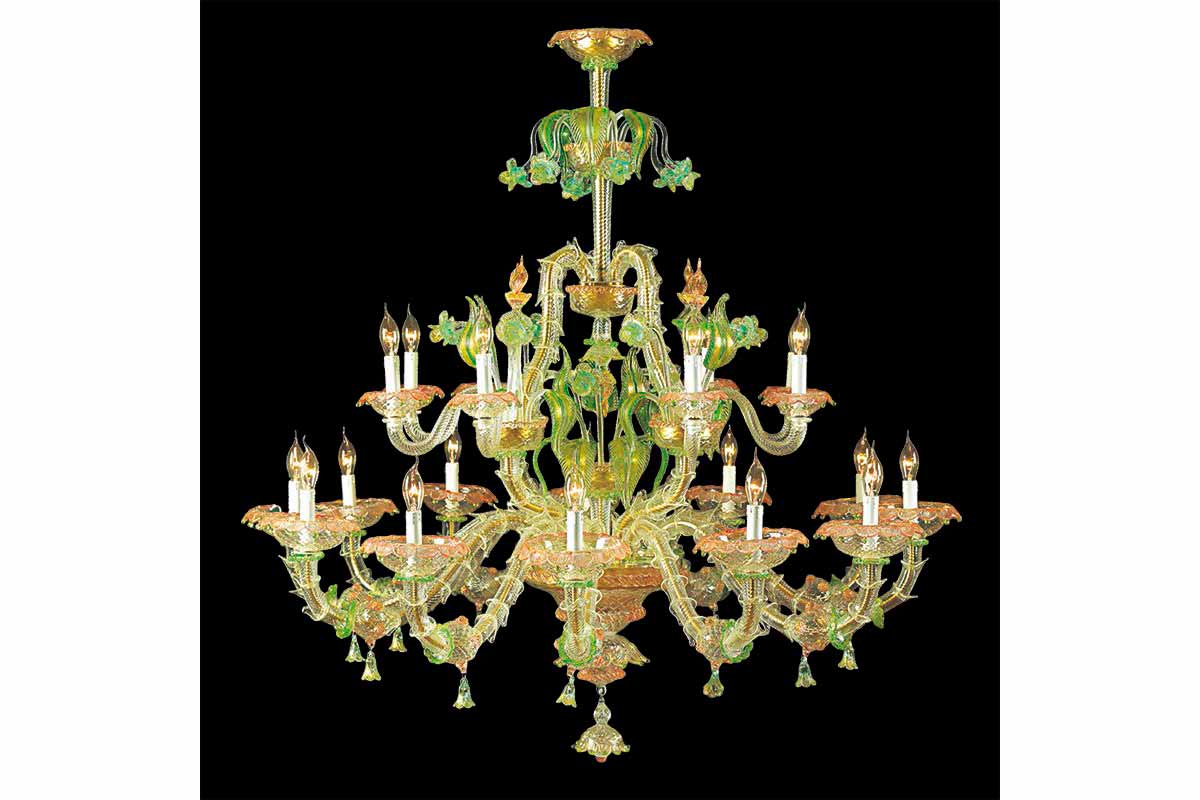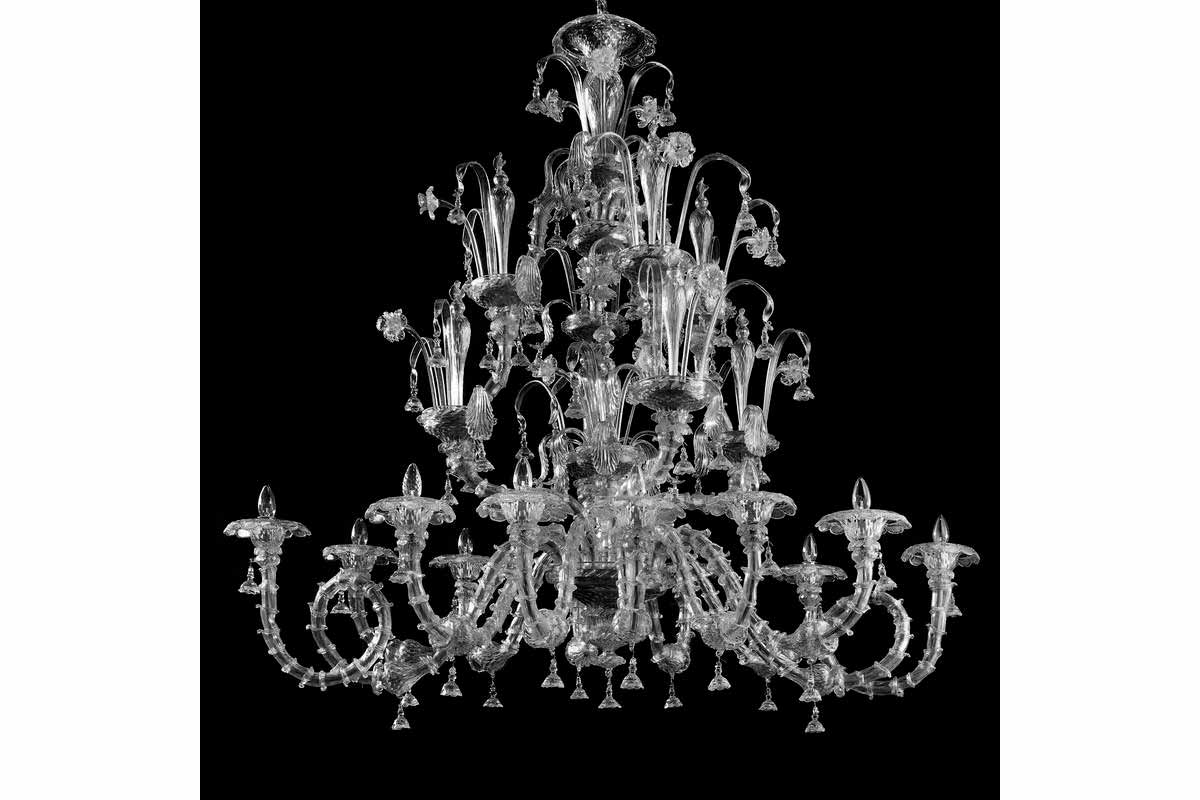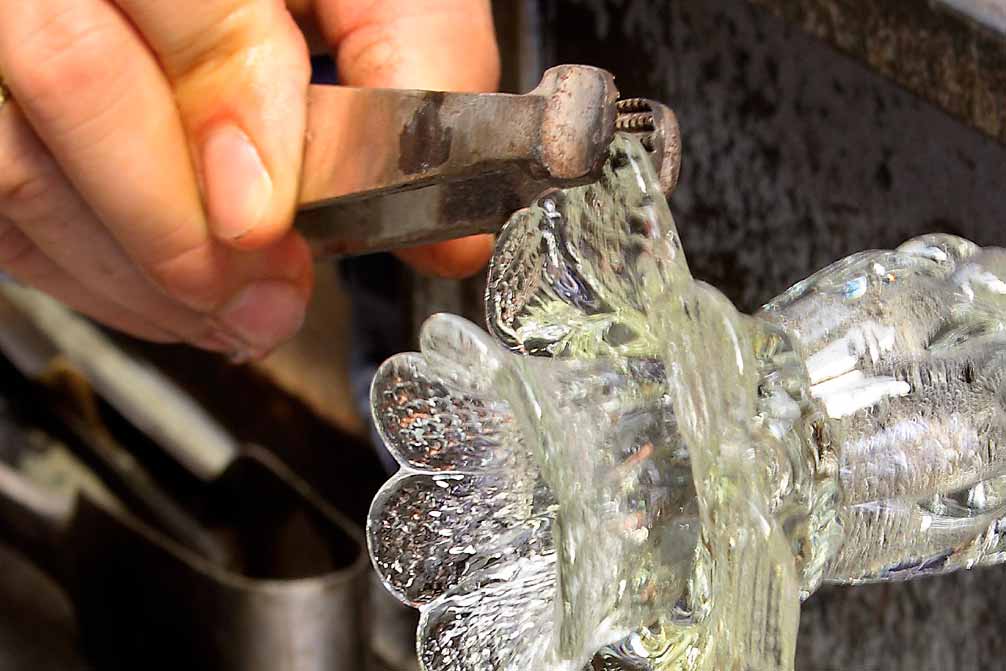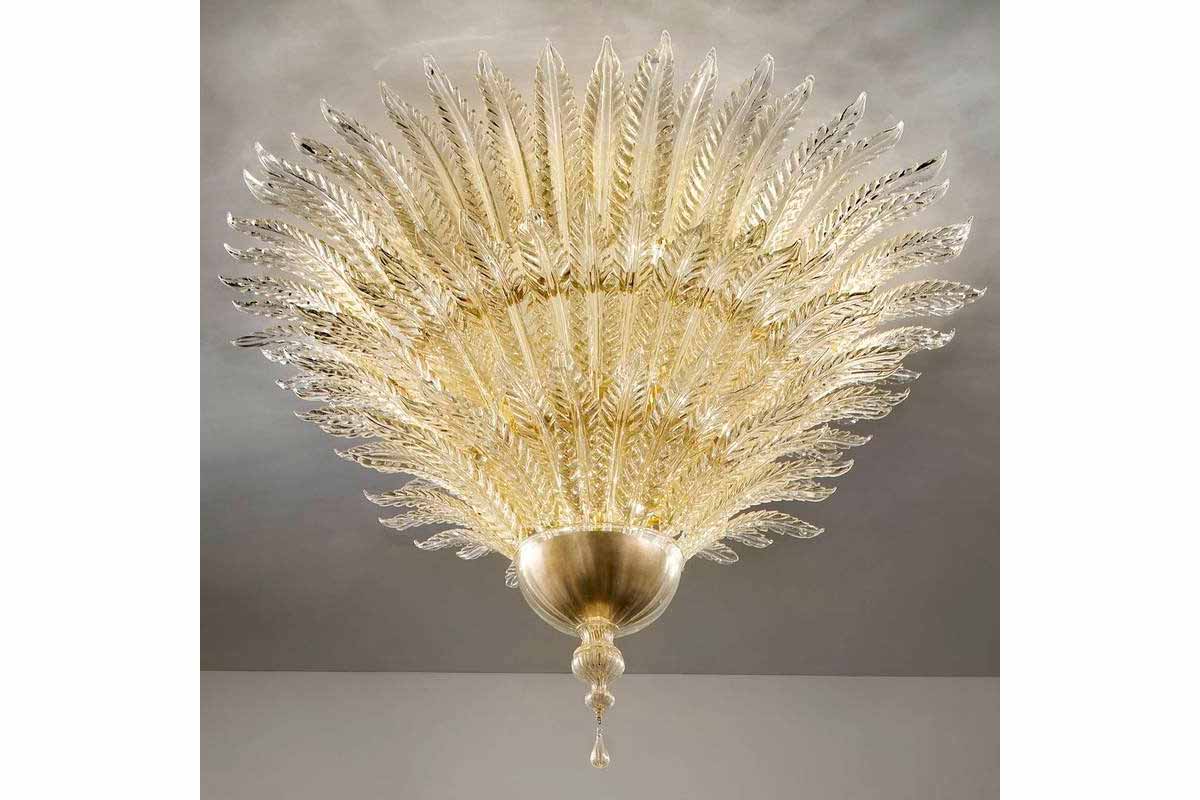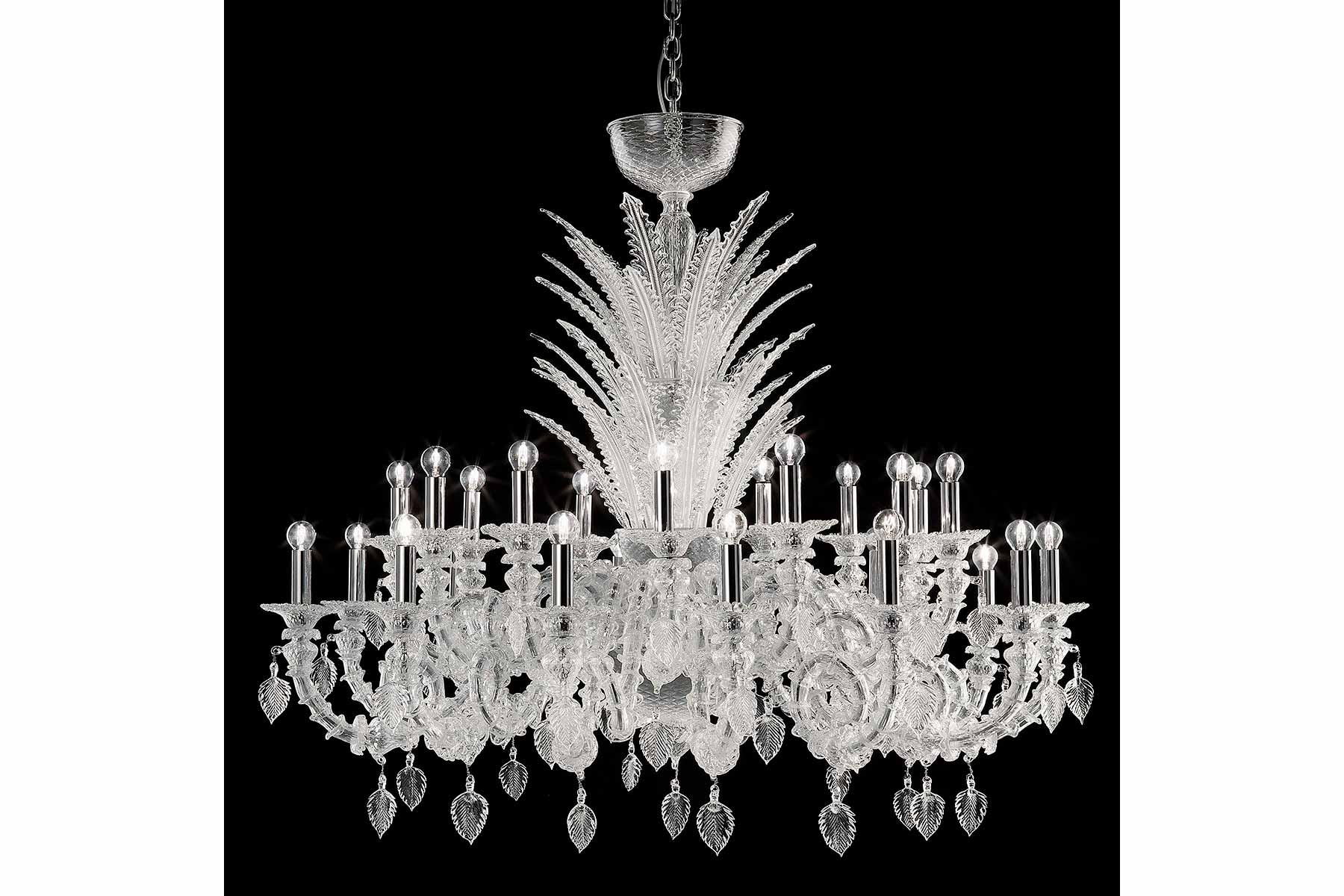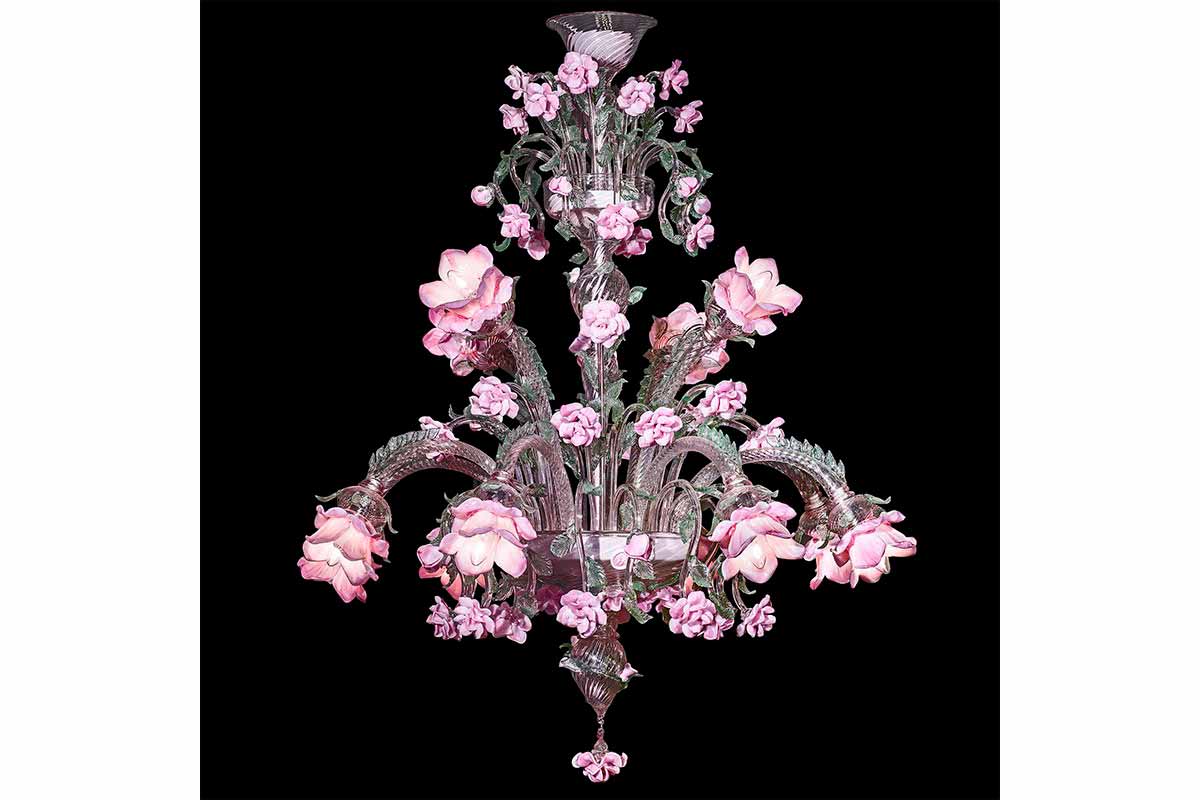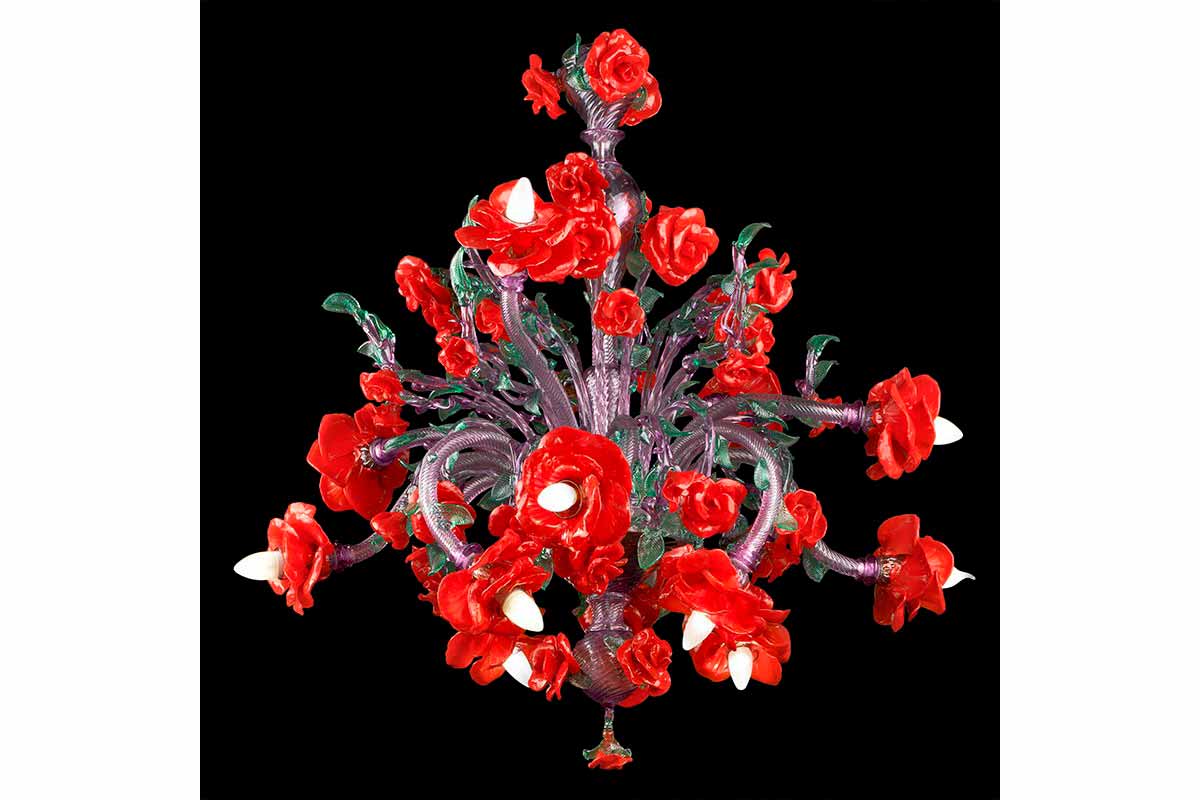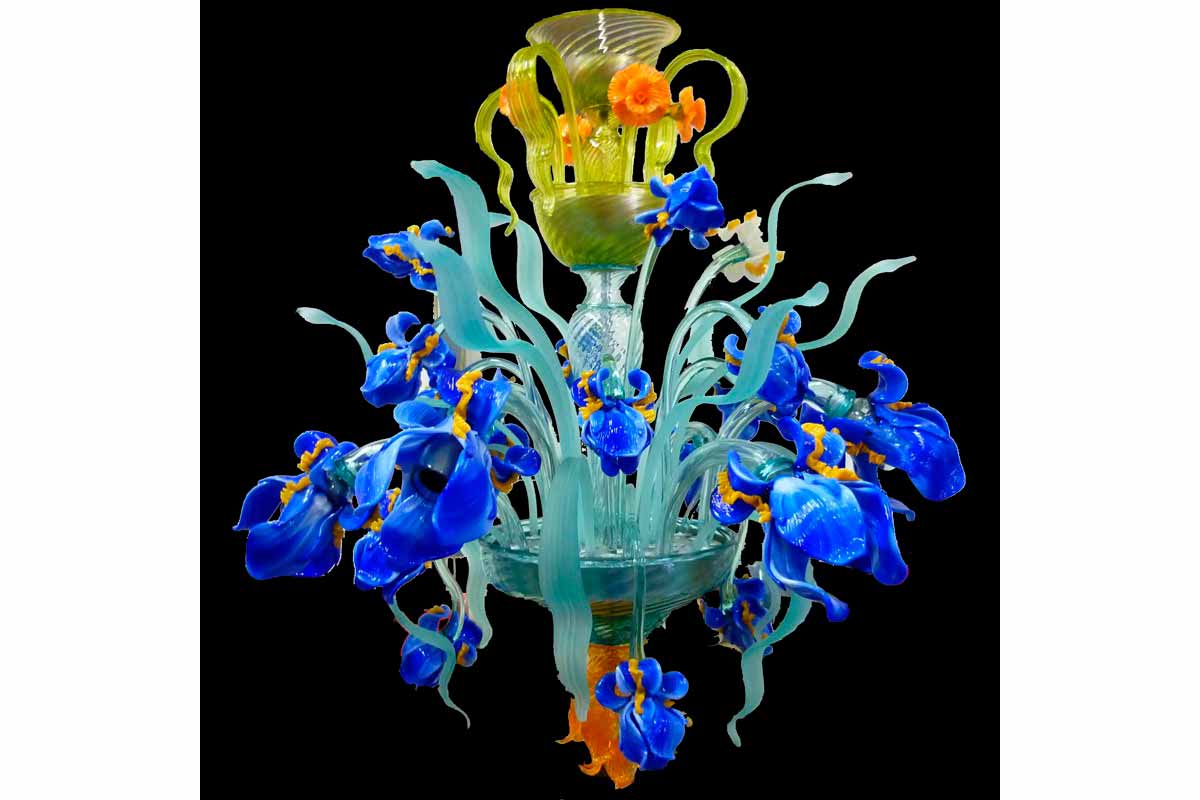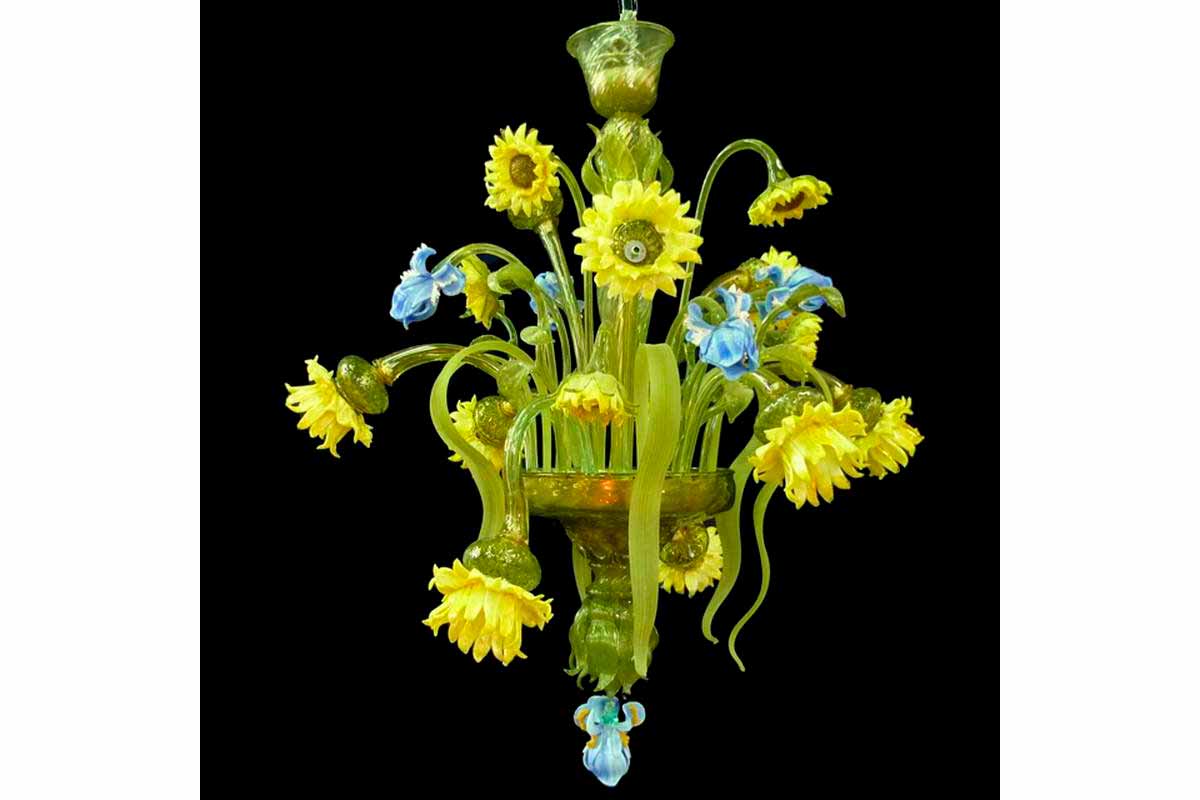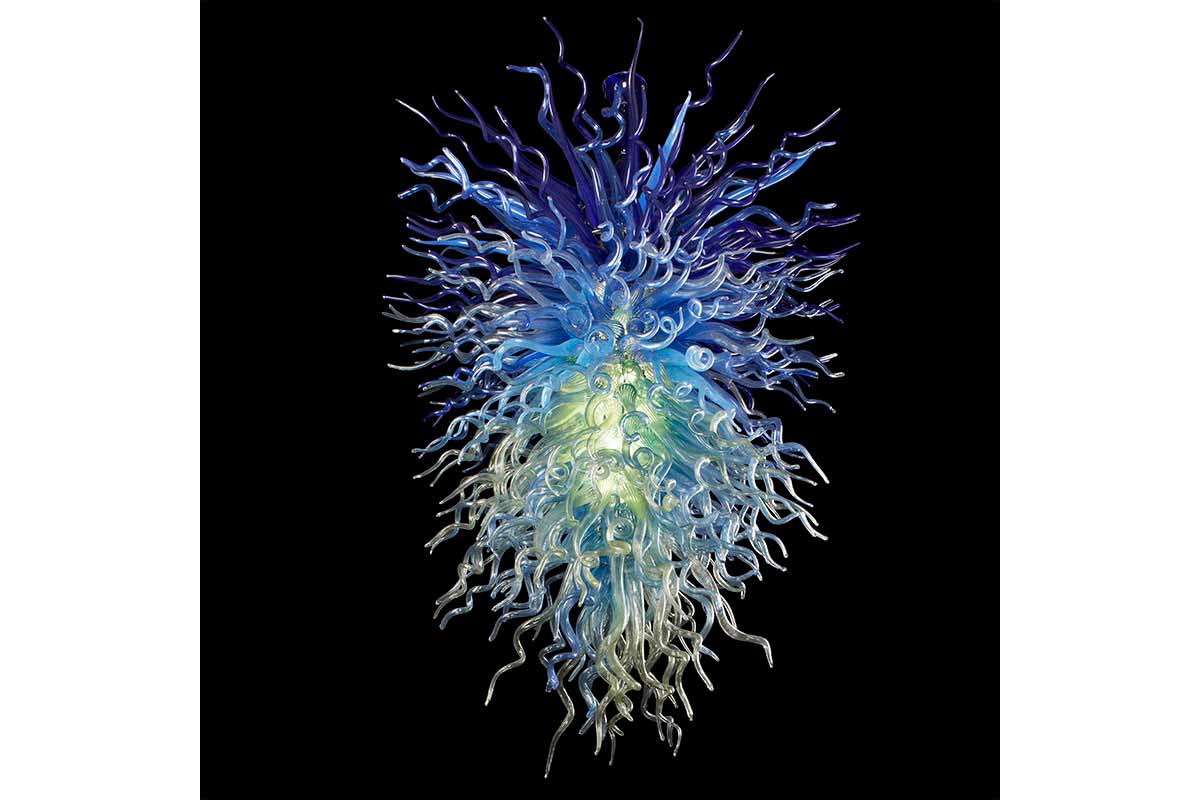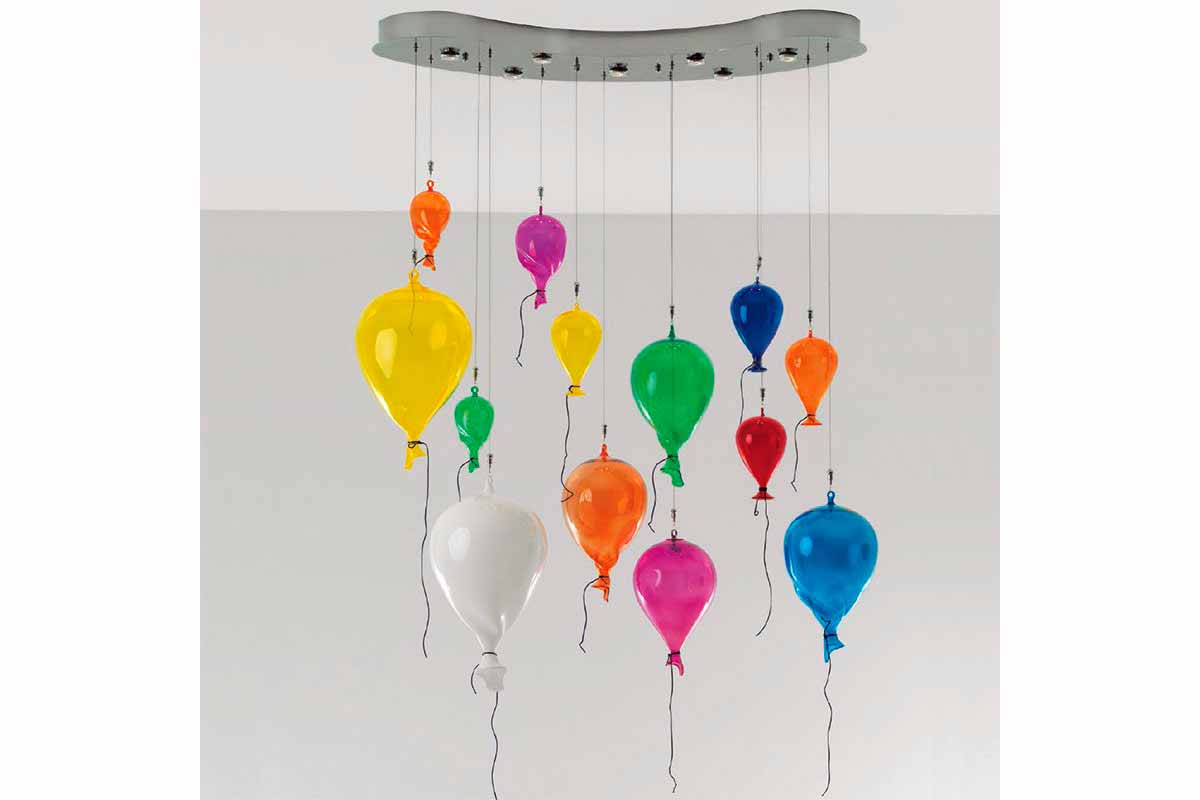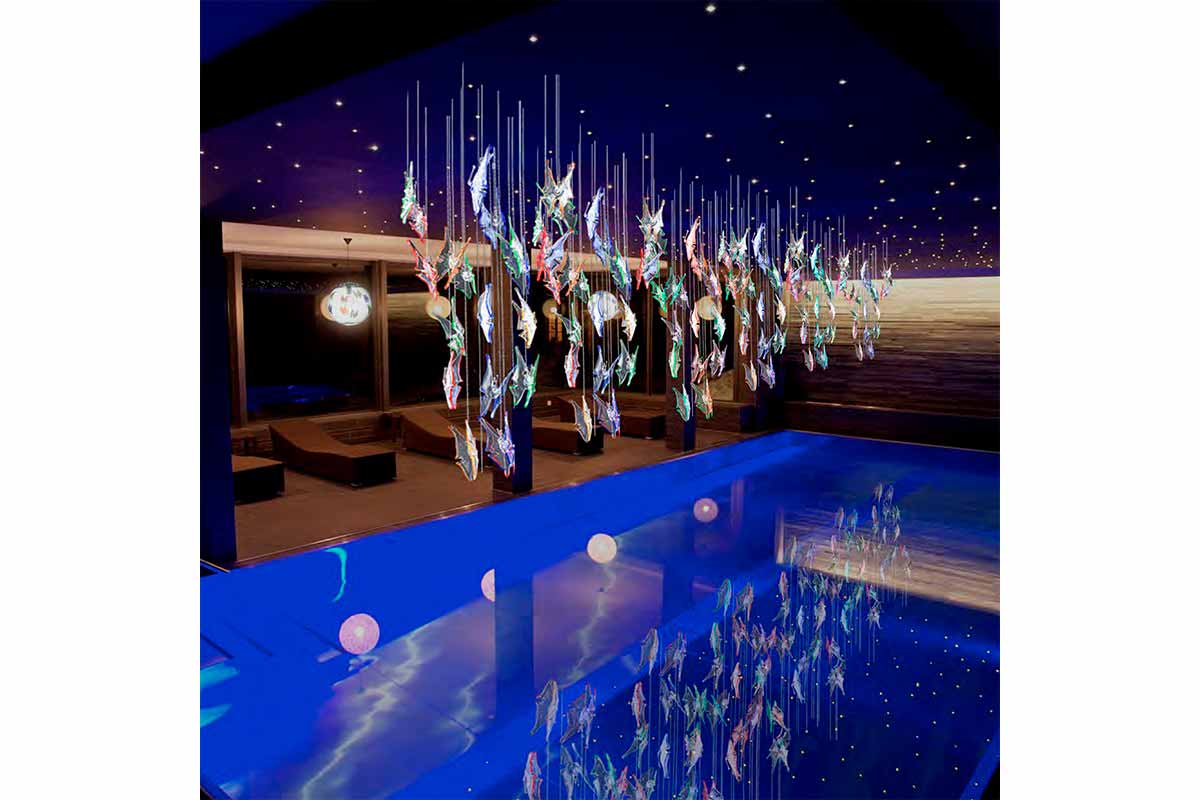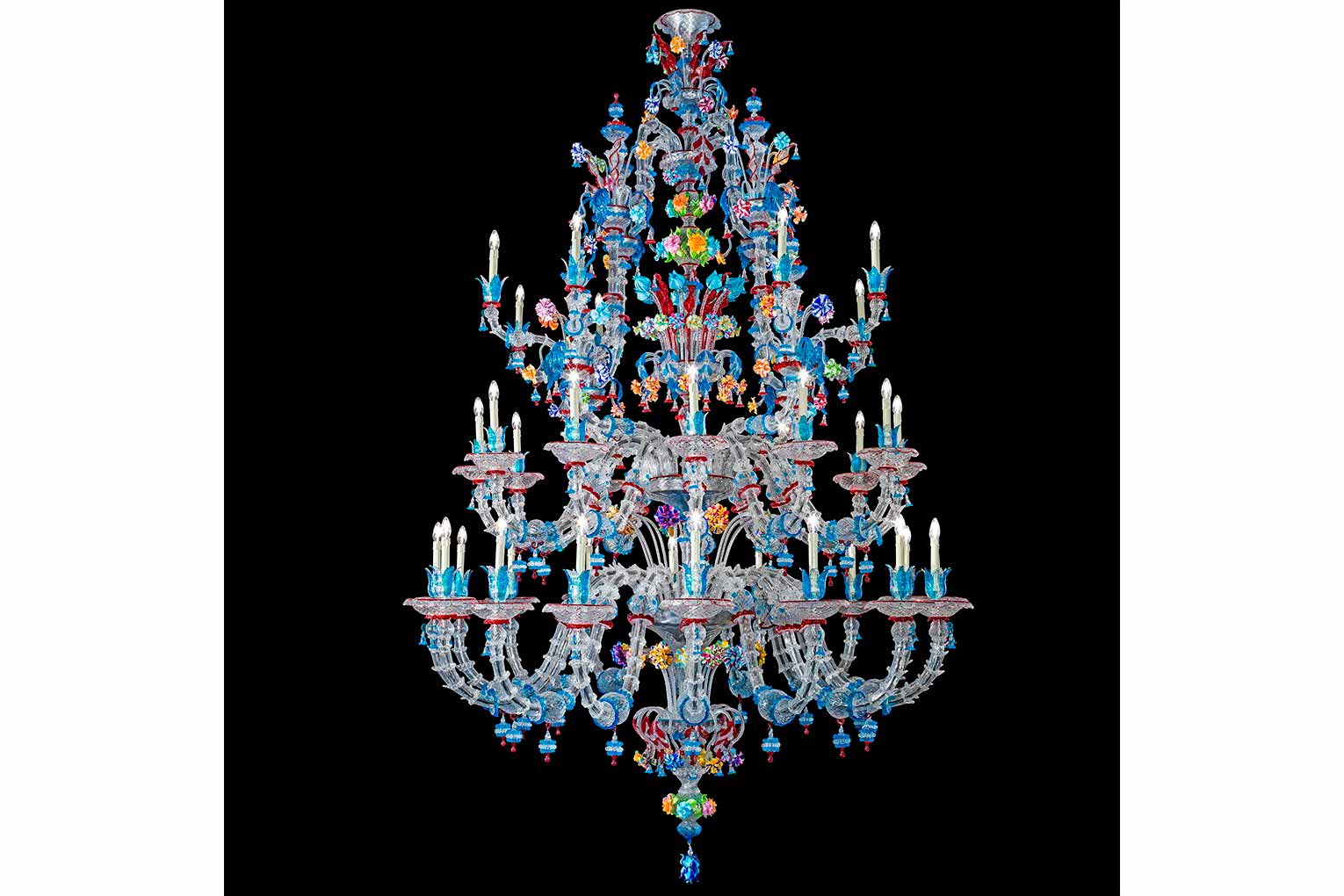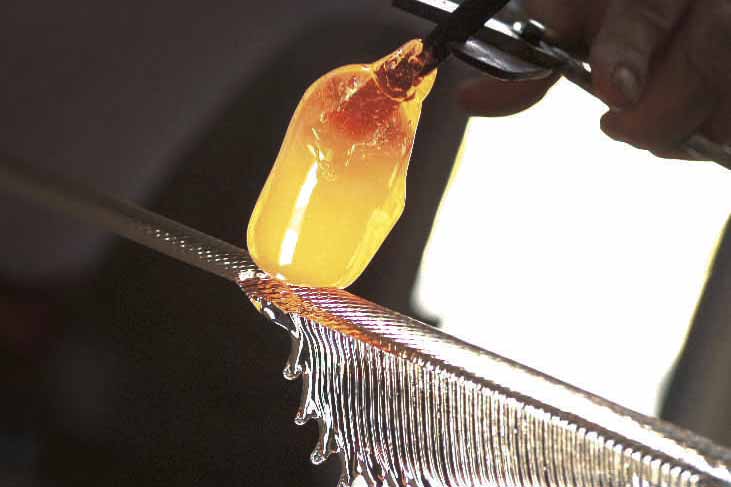Murano glass is famous throughout the world as a craftsmanship of high value and ancient tradition. The art of Murano glass as we know it today developed between 1400 and 1800, with roots even further back in time that refer to the Roman and Byzantine era of glass making.
In Murano, an island near to Venice, one of the largest centers of the lagoon, it is enough to enter one of the many stores of the glass masters to take a step back in time, to enter an almost magical atmosphere, admiring the craftsmanship of blown glass and finished products, whose realization can take a few minutes or several hours.
It is said that in 1291 the Doge of the Republic of Venice had the foundries of the glassmakers moved to Murano (1291) in order to avoid fires in the houses and buildings of the city that were mostly built in wood.
Even today, Murano glass making is artisanal with at least one master glassmaker directing every company.
The creation of Murano artistic glass requires many steps and is quite elaborate.
Several production techniques have been used for centuries for different types of artistic glass: from aventurine to crystal, from filigree to lattimo, just to mention a few of these techniques called first processing (i.e. using sand, soda, other compounds or raw glass).

